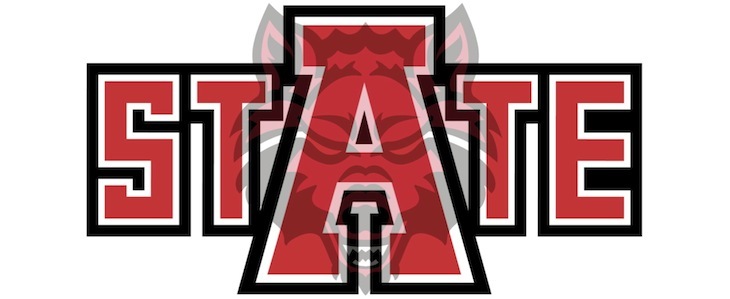ASU-Mexico final enrollment numbers down from initial estimates, officials optimistic about coming years
by October 4, 2017 3:27 pm 467 views

Wealthy merchant Paul Tulane wanted to express his gratitude to the community that made him a fortune.
He gave $1 million in cash, securities and land considerations to the University of Louisiana in 1884. The gift transformed the public school into a private institution, now known as Tulane University.
Captain of industry, Commodore Cornelius Vanderbilt decided in 1873 there needed to be a an institution of learning in the south to help “contribute to strengthening the ties which exist between all sections of our common country.”
He donated $1 million to build Vanderbilt University. More than 100 years ago, there was a group of wealthy men donating large sums of money to build college and universities across the country, Arkansas State University Vice Chancellor for Marketing and Communications Dr. Bill Smith told Talk Business & Politics. There’s one man in Mexico following in those footsteps. Businessman Ricardo Gonzalez has raised and spent nearly $100 million to create a private university, ASU Campus Queretaro, in Queretaro, Mexico. It welcomed its first class in early September. ASU has a branding, curriculum and staff hiring agreement with the institution, the first American-style university in the country’s history.
“He’s a visionary just like Tulane and the other industrialists that recognized a need for better education and training,” Smith said. “He’s a modern version of them.”
ASU Jonesboro Chancellor Kelly Damphousse told Talk Business & Politics there are about 220 students enrolled at the school, about 30 less than anticipated. It’s also only one-fifth of the projected first-year student roster when ASU signed an agreement in 2014.
They are taught completely in English, and finding students who can learn in English was harder than anticipated, Damphousse said. It’s also a completely different learning experience than what has typically been offered in traditional Mexican colleges and universities. Students don’t typically live on campus in Mexico, and that is a social change. The quality of the education offered, and the experience on the campus, will encourage qualified students to enroll there, he said.
“What is being offered is a unique experience … I think the American university model will sell itself,” Damphousse said.
The university and investment group have an arrangement in which ASU will hire the teachers, set the curriculum, and provide other administrative services to the newly formed college. Classes will be taught in English and degrees will be valid in Mexico and the United States.
The curriculum will be set by ASU each year, meaning students who take the same classes will receive the same instruction whether it’s at a campus in Arkansas or in Mexico. The campus will be replete with signs and symbols of ASU’s mascot, the Red Wolf.
ASU will receive $1,600 per student, per year once the enrollment numbers reach 5,000, according to the school. ASU will receive an $8 million windfall each year once the school is fully operational. ASU could receive up to $140 million during the 20-year agreement if student enrollment numbers are met. Gonzalez and his investment consortium members decided to pay millions each year for ASU’s branding rights, curriculum and other services, to build a highly educated workforce in that part of Mexico.
Queretaro, located in north central Mexico about 200 miles north of Mexico City, is a technology and industrial hub in the country. At least 1,300 international companies have offices in the city. Gonzalez, who has worked in the banking and food product sectors, partnered with his investors to create an educated workforce to fill the needs of the companies. There is also an impetus by the group to raise education levels and the quality of life in the country, he said.
The college sits on a 370-acre swath and is part of a much larger project envisioned by the Gonzalez investment group. The vision is to build an entire community in the desert with homes, retail shopping markets, parks and other amenities. The investors hope to attract the best students in the region and provide them with a high quality of life.
“The goal of the campus is to supply the growing demand generated by the state of professionals in the automotive, aerospace, appliance and biotechnology areas,” Gonzalez has said previously.
The ASU campus in Queretaro has 800,000 square feet of classrooms, dormitories, and other facilities. Degree programs include business, communications, engineering, technology and science. Other degree programs will be offered once the college is established, officials said.
ASU’s expenses in this project are few, according to the school. Curriculum development, for the most part, will be part of the curriculum that has already been budgeted, meaning there is no real extra expense. ASU Campus Queretaro will be administrated by a nonprofit Mexican organization, and the bills for the campus will be paid through the organization. The goal is to steadily build towards an annual student roster of 5,000 students per year within the next four or five years.
